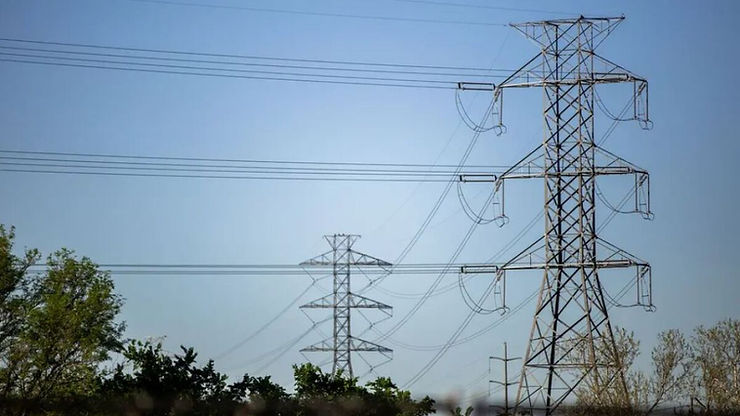By: Samuel Lin
On January 23rd, at 7:34 am, a power outage put 220 million people in Pakistan out of power for more than 12 hours. While the Pakistan government scrambled to fix the energy grid, citizens struggled to carry on with normal life.
During the blackout, hospitals, schools, and stores could not run without disruptions. Hospitals had to run on weak, short-lived backup generators or choose to shut down completely. Many stores could not function and shut down for the day as well.
“The whole market of Jinnah road is practically shut, as without electricity customers do not turn to shops,” said Zaheer, the owner of a clothing store in Quetta.
Average Pakistani people could not access water from the water pumps, which ran on electricity. Pakistanis also could not access internet services during the blackout, such as booking cars online to bring their kids to school.
“We did not have water to wash the dishes, as water could not be pumped from the underground water tank to the overhead tank,” said Shafiqa Ali, a nurse living in Karachi, Pakistan.
Eight hours later, maintenance crews started to fix some power lines in the capital Islamabad, and in the southern city of Karachi. After 12 hours, most of the power was restored in the urban areas.
Khurram Dastgir, Federal Minister for Power for Pakistan, posted on Twitter: “We have faced some hurdles but we will overcome these hurdles and will restore the power.” Dastgir added, “System maintenance work is progressing rapidly.”
Pakistan officials believe the root source of the blackout was voltage swelling in the Sindh Province, which triggered a chain reaction that shut down power plants and electricity across the nation.
Blackouts are not unusual for Pakistanis. On January 9th, 2021, Pakistan had another nationwide blackout, and in January 2019, millions in Sindh and Balochistan provinces lost power. There was also a major outage in May 2018 which left Northern Pakistanis, and another outage in January 2015 which affected 80% of Pakistan.
These frequent power outages highlight Pakistan’s weak energy grid and infrastructure. Their ancient energy grid is in dire need of repair, but Pakistan does not have the money to fix this. In addition, a high demand but low supply of energy is contributing to blackouts.
Pakistan does not have enough money to buy electricity and electricity plants, so they are trying to conserve the amount of energy used. For instance, businesses and shops are required to close after 8:30 pm to conserve energy, restaurants after 10:00 pm and all government departments must reduce their energy consumption by a third. This will save 62 billion Pakistani rupees, or $274 million dollars.
Sources:











